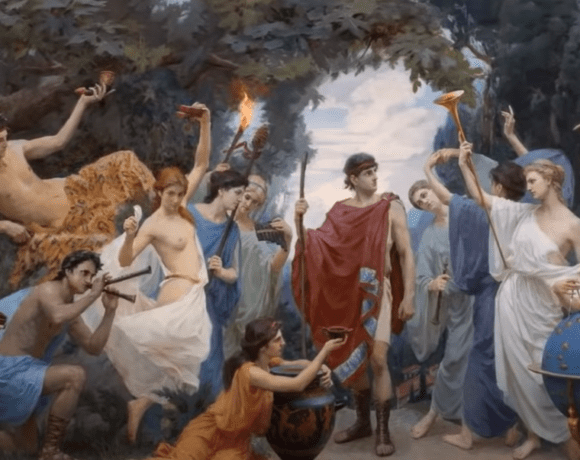Unraveling the Lesser-Known History of Christianity
In this video, Eric Dubay delves into the history of Christianity and sheds light on its lesser-known origins. According to Dubay, Christianity was not the religion we know it to be today. Instead, it was an amalgamation of ancient beliefs that branched off from Gnosticism. Gnosticism is a school of religious existentialism that seeks an intuitive understanding of God through attaining Gnosis or knowledge of the Divine within.
Gnostic Beliefs and the Concept of “Christ Consciousness”
The Gnostics, who claimed to be the original Christians, were fervently anti-materialistic and believed in “Christ Consciousness” and the Kingdom of God within. The Gnostics focused on attaining “gnosis” or spiritual knowledge, which they believed was the path to salvation. They rejected the claims of blasphemy from the orthodoxy, stating that they were the blasphemers. They said that the orthodoxy did “not know who Christ is” and read the Bible, especially Genesis, too literally, missing the deeper meaning.
The Orthodox Christian Perspective
In contrast, the Orthodox Christians insisted that Jesus Christ was a historical personage who came in the flesh, had 12 apostles, performed miracles, died on the cross, and was resurrected. The Gnostics, on the other hand, insisted that their Christ could never take human form. They believed that Jesus was a divine messenger who came to impart spiritual knowledge to humanity, rather than a historical figure.
The Suppression of Gnostic Teachings and the Rise of Orthodox Christianity
Dubay argues that the Gnostics were the true originators of Christianity and the orthodox version that we know today was created to suppress the Gnostic teachings. In 325 AD, Constantine publicly outlawed Gnosticism, and the Brotherhood privately kept its secrets only for the initiated few. However, the Gnostic influence can still be seen in the symbols of Freemasonry, where Gnosticism is the third “G” after God and Geometry, represented by their symbolic “G” within the compass/square.
The Creation of Jesus Christ as a Historical Figure
Unbeknownst to the Gnostics, so-called Orthodox Christians like Pliny, the Roman Piso family, and others began to propagate the idea that Jesus Christ was a real person. Soon, under Roman law, the greatest heresy became the unacceptance of Jesus as a historical figure. Bishop and patriarch of Alexandria, St. Athanasius, wrote, “Should we understand sacred writ according to the letter, we should fall into the most enormous blasphemies.” In other words, it is a most enormous sin to read the Bible literally!
Reincarnation and the Transmigration of Souls in Gnostic Teachings
Dubay also discusses the concept of reincarnation, which was an integral part of Gnostic teachings. The Gnostics believed in the transmigration of souls and that every soul was on a journey of spiritual evolution through multiple incarnations. They saw the body as a temporary vessel for the soul, which would eventually be liberated from the cycle of birth and death through attaining gnosis.
The Implications of Gnostic Christianity for Modern Spirituality
Dubay’s video is a fascinating insight into the lesser-known origins of Christianity and the Gnostic teachings that were suppressed in favor of the orthodox version we know today. It raises important questions about the true nature of spirituality and the role of organized religion in shaping our beliefs.

















